In Development this week – Special Issue on Plant Development
Posted by Seema Grewal, on 13 September 2016
The current issue of Development – our ‘Special Issue on Plant Development’ – contains a collection of review- and research-based articles focusing on plant development.
Below, you can find details of the review-based articles in this Special Issue:
Plant development: a Special Issue
Ottoline Leyser introduces this Special Issue focusing on plant developmental biology, which is published in honour of Ian Sussex – a founding father of the field. Read the Editorial on p. 3223
Ian Sussex: simple tools, clever experiments and new insights into plant development
Scott Poethig looks back at the research career of Ian Sussex, who helped transform the discipline of plant developmental biology into the dynamic, sophisticated field that it is today. Read the Spotlight article on p. 3224
Mechanisms of auxin signaling
The plant hormone auxin triggers complex 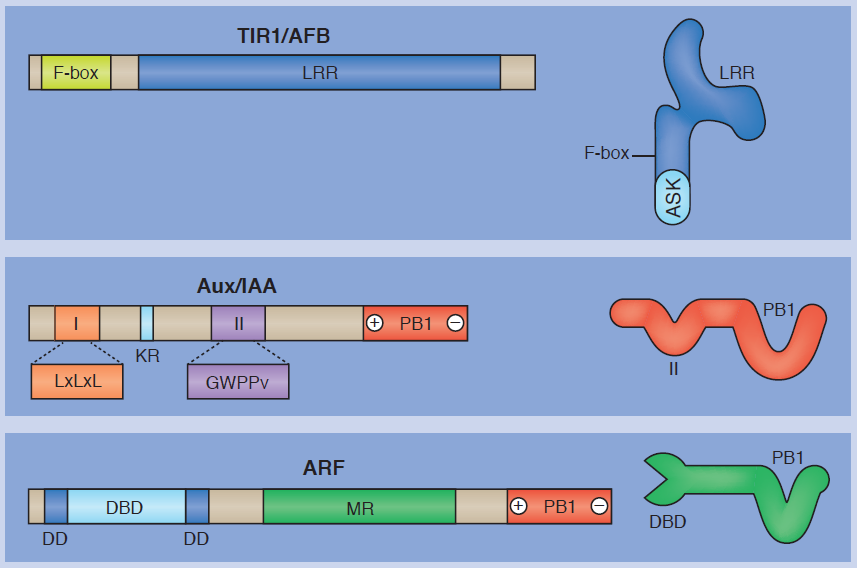 growth and developmental processes. In their poster article,
growth and developmental processes. In their poster article,
The Sussex signal: insights into leaf dorsiventrality
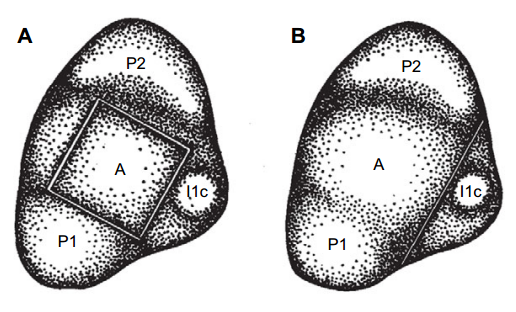 The differentiation of a leaf – from its inception as a semicircular bulge on the surface of the shoot apical meristem into a flattened structure with specialized upper and lower surfaces – is one of the most intensely studied processes in plant developmental biology. Here, revisit Ian Sussex’s early studies of leaf dorsiventrality and describe our current understanding of the mechanisms that establish and maintain adaxial-abaxial leaf polarity. See the Review on p. 3230
The differentiation of a leaf – from its inception as a semicircular bulge on the surface of the shoot apical meristem into a flattened structure with specialized upper and lower surfaces – is one of the most intensely studied processes in plant developmental biology. Here, revisit Ian Sussex’s early studies of leaf dorsiventrality and describe our current understanding of the mechanisms that establish and maintain adaxial-abaxial leaf polarity. See the Review on p. 3230
CLAVATA-WUSCHEL signaling in the shoot meristem
Shoot meristems are maintained by pluripotent stem 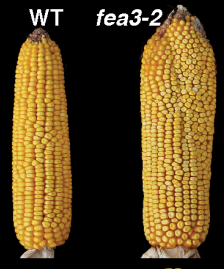 cells that are controlled by CLAVATA-WUSCHEL feedback signaling. This pathway, which coordinates stem cell proliferation with differentiation, was first identified in Arabidopsis, but appears to be conserved in diverse higher plant species. Here, , See the Review on p. 3238
cells that are controlled by CLAVATA-WUSCHEL feedback signaling. This pathway, which coordinates stem cell proliferation with differentiation, was first identified in Arabidopsis, but appears to be conserved in diverse higher plant species. Here, , See the Review on p. 3238
Developing a ‘thick skin’: a paradoxical role for mechanical tension in maintaining epidermal integrity?
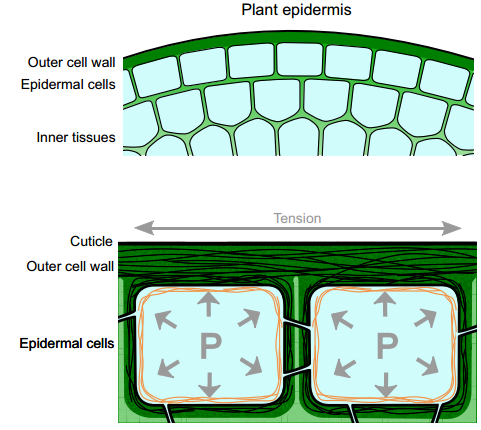 Plant aerial epidermal tissues, like animal epithelia, act as load-bearing layers and play pivotal roles in development. The presence of tension in the epidermis has implications for organ shapes but it also constantly threatens the integrity of this tissue. Here, ,
Plant aerial epidermal tissues, like animal epithelia, act as load-bearing layers and play pivotal roles in development. The presence of tension in the epidermis has implications for organ shapes but it also constantly threatens the integrity of this tissue. Here, ,
MADS-domain transcription factors and the floral quartet model of flower development: linking plant development and evolution
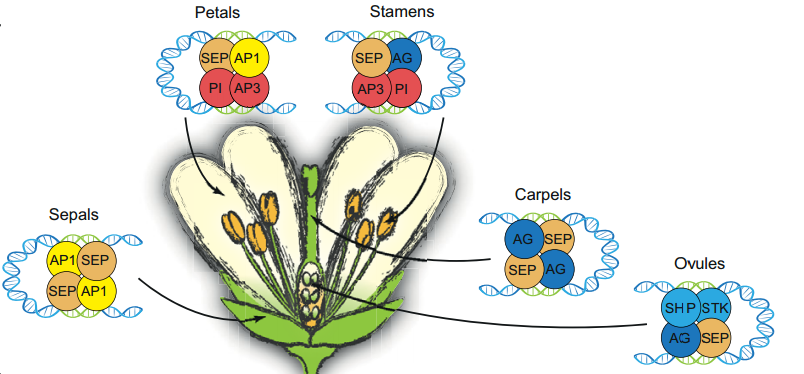 The floral quartet model of floral organ specification poses that different tetramers of MIKC-type MADS-domain transcription factors control gene expression and hence the identity of floral organs during development. Here, Günter Theißen and colleagues provide a brief history of the floral quartet model and review several lines of recent evidence that support the model. They also suggest a novel hypothesis describing how floral quartet-like complexes may interact with chromatin during target gene activation and repression. See he Review on p. 3259
The floral quartet model of floral organ specification poses that different tetramers of MIKC-type MADS-domain transcription factors control gene expression and hence the identity of floral organs during development. Here, Günter Theißen and colleagues provide a brief history of the floral quartet model and review several lines of recent evidence that support the model. They also suggest a novel hypothesis describing how floral quartet-like complexes may interact with chromatin during target gene activation and repression. See he Review on p. 3259
Helical growth in plant organs: mechanisms and significance
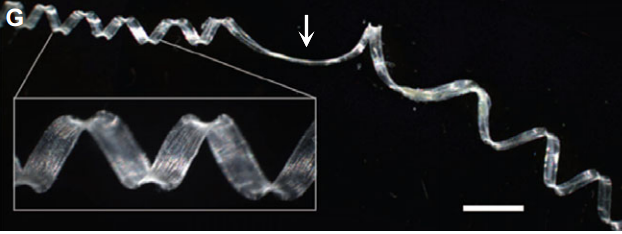 Many plants show some form of helical growth, such as the circular searching movements of growing stems and other organs (circumnutation), tendril coiling, leaf and bud reversal (resupination), petal arrangement (contortion) and leaf blade twisting. Here, David Smyth provides an overview of the genes and cellular processes that underlie helical patterning, and discusses the diversity of helical growth patterns in plants, highlighting their potential adaptive significance. See the Review on p. 3732
Many plants show some form of helical growth, such as the circular searching movements of growing stems and other organs (circumnutation), tendril coiling, leaf and bud reversal (resupination), petal arrangement (contortion) and leaf blade twisting. Here, David Smyth provides an overview of the genes and cellular processes that underlie helical patterning, and discusses the diversity of helical growth patterns in plants, highlighting their potential adaptive significance. See the Review on p. 3732
Enhancing crop yield by optimizing plant developmental features
A number of plant features and traits, such 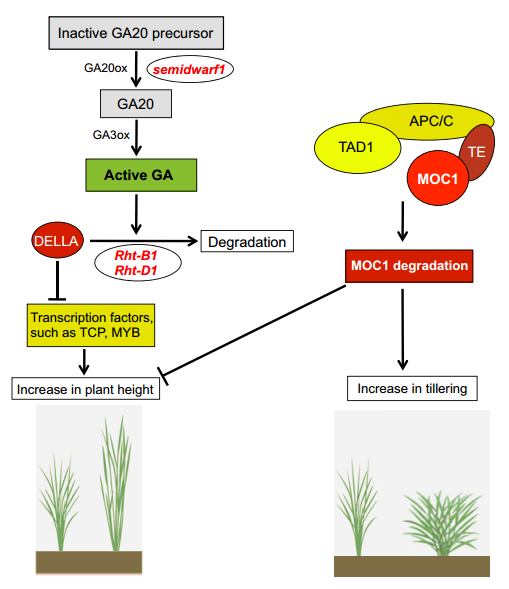 as overall plant architecture, leaf structure and morphological features, vascular architecture and flowering time, are important determinants of photosynthetic efficiency and hence the overall performance of crop plants. The optimization of such developmental traits thus has great potential to increase biomass and crop yield. Here, Aashish Ranjan and colleagues provide a comprehensive review of these developmental traits in crop plants, summarizing their genetic regulation and highlighting the potential of manipulating these traits for crop improvement. See the Review on p. 3283
as overall plant architecture, leaf structure and morphological features, vascular architecture and flowering time, are important determinants of photosynthetic efficiency and hence the overall performance of crop plants. The optimization of such developmental traits thus has great potential to increase biomass and crop yield. Here, Aashish Ranjan and colleagues provide a comprehensive review of these developmental traits in crop plants, summarizing their genetic regulation and highlighting the potential of manipulating these traits for crop improvement. See the Review on p. 3283
PLUS:
This Special Issue also contains a number of Research Reports, Research Articles and Techniques & Resources Articles – click here for a full listing!


 (2 votes)
(2 votes)